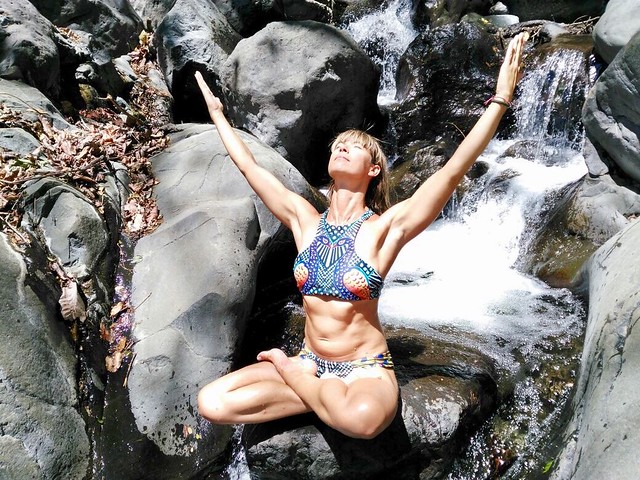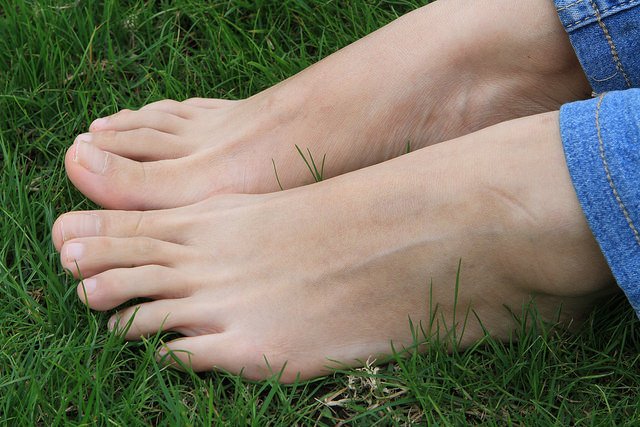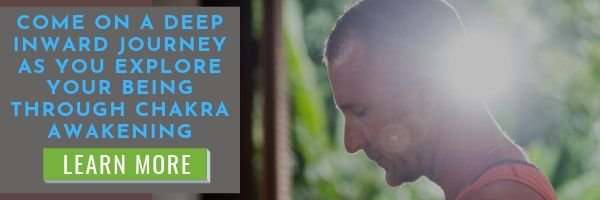A poor connection through your feet can lead to Plantar fasciitis, gout, feeling vague, disoriented, spaced out, exhausted, or lost as to who you are or what you want in life. Our feet represent our direction in life. The choice of our path when ungrounded often leads to other issues further up the line, including the lines of the body physically. All standing poses in yoga build from the feet upwards.
Get Grounded: Use Biomechanics of the Feet
When we focus on our physical body we ground downwards: so feel your feet. Stand barefoot on the earth to instantly connect to the earth. Feel the sensations of the ground beneath your feet. In Costa Rica, the beach and earth deepen this connection.
There are 3 arches in the foot: 2 long arches (medial and lateral) and transverse made of tarsal and metatarsal bones supported by ligaments and tendons in the foot. How we roll along these 3 arches is key to good health in the feet.
Ground Your Arches: Roll the feet in a triangle pattern along the arches
With both feet at the same time roll along the 3 arches as follows:
1. Heel along outside to the pinkie toe.
2. Roll pinkie toe to base of big toe.
3. Roll big toe to inside heel
4. Repeat focus attention on sensations in the feet on each foot
Neuromuscular connections from the feet connect into the pelvic area. For example, your glute max (big bottom muscle) is better activated when you dig your heel in due to the tibial nerve being triggered – like in a squat.
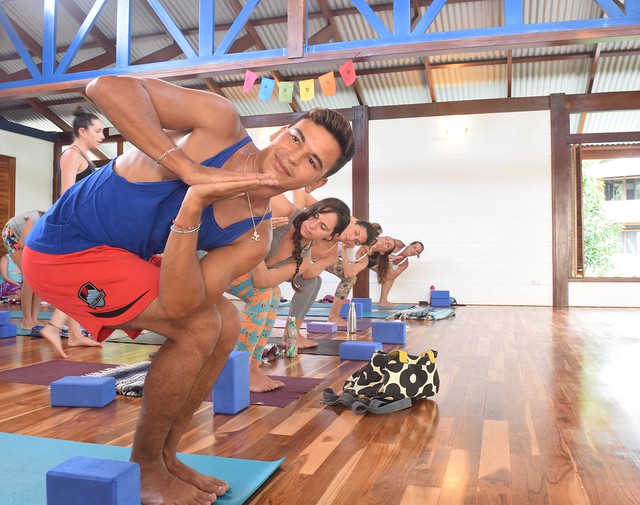
Connect To Your Pelvis: Palm Tree Pose
1. Both feet at sit-bone distance apart.
2. Feel 3 arches connect into ground, especially inner lateral arch from inner big toe to inner heel.
3. Rise onto balls of feet keeping your weight even across transverse arch (ball of foot), hold for 1 breath cycle.
4. Return heels with control and resistance to the ground.
5. Repeat x 5
Tip: Keeping the big toe and ball strongly pressing into the ground activates the deep peroneal nerve that triggers and stabilises the side of the pelvis to the lumbar and sacral spine, and helps you balance.
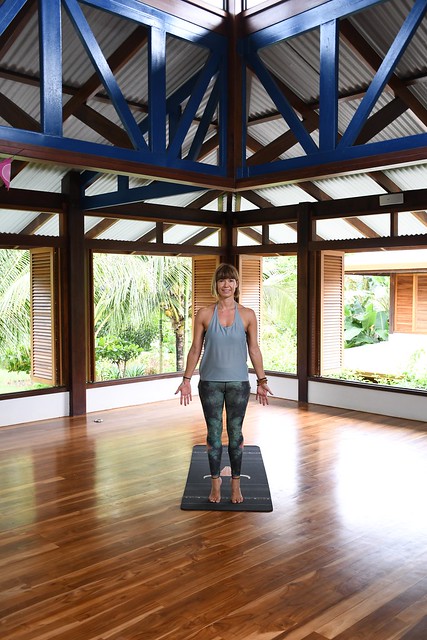
Buoyant: Yield in Your Yoga
We want to feel light yet connected: in yoga, this is yield. Yield is the balance of effort and collapse. Surrender your connection of the feet to the ground and it gives strength from the ground up into our body. Through the feet there is a full connection between the ground and us.
There are four domes in the body: metatarsal, pelvic floor, diaphragm and voice. These domes are a bridge between our physical structure and energy body. From the ground, the metatarsal arch in the mid-foot activates and energizes upwards to the other domes. Flat feet demonstrate a lack of correct activation – we feel heavy, lethargic, disconnected at levels of our physical and energetic body. If you need orthotics or arch supports, then you need to do this!
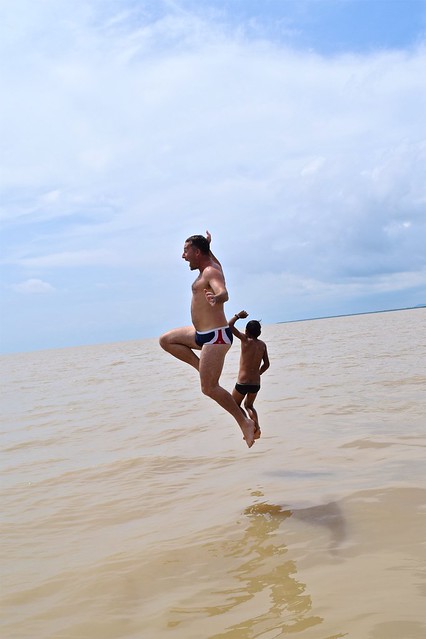
Get buoyant: Metatarsal Arch Energising
1. Lift your toes and spread them wide.
2. Plug the ball of your big toe and across to the pinkie toe’s ball into the ground.
3. Feel the inner lateral arch from big toe to inner heel of foot connect.
4. Reach outer heal line to pinkie toe.
5. Imagine drawing energy from the earth from the arch in the middle of the feet.
Are you buoyant?
If we just ‘fall’ with our feet as they hit the ground, then we are not holding yourself. If ‘tip toe’ and do not place your heel down as you walk, then you are living in your head and not driving yourself. It is the same with running – do you heel strike or toe through heel land? Begin to become aware of how you use your feet as you move and stand still.
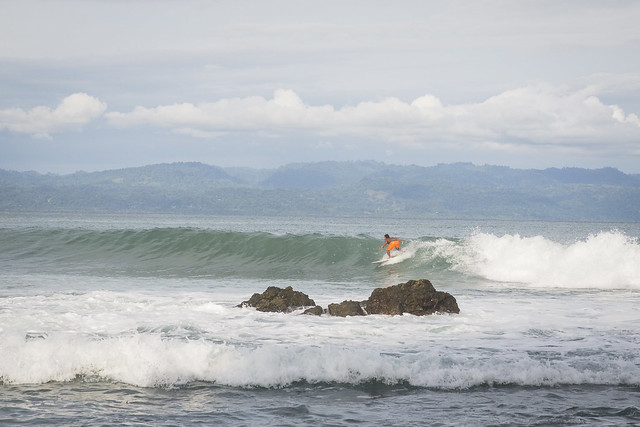
Get Buoyant: Figure 8 to Walking
1. Stand with both feet hip distance apart.
2. Place most of your weight into right heel
3. Transfer weight to right base of pinkie toe
4. Roll weight across to base of big toe
5. Transfer weight to left heel
6. Pull weight forward to left pinkie toe base
7. Draw weight to base of left big toe
8. Transfer weight to right heel
9. Repeat figure 8 x 5 times each foot
TIP: To advance this when the weight gets to the base of big toe, use the transfer to the opposite heel as the push off your foot to step forward. Practice walking with the figure 8 pattern.
Compassionate: Energetics of the Feet
Your feet are an energetic gateway to the Earth. There are 6 meridians through the feet and is the basis of reflexology. We release energy into the earth, so when these are blocked we become congested and this can lead to various ailments, for example, headaches low back pain and bloating.
Open Your Feet Chakras: Foot Rub
1. An act of self-compassion and nurturing is to give yourself a foot rub.
2. Wash your feet in warm water with a few drops of an essential oil like lavender or cold salt water. If you have time let them soak for at 10-15 minutes.
3. Dry your feet fully.
4. Use a moisturiser on your feet to glide your hands over your feet. One foot at a time, long strokes along from the heel to the toes and top of foot.
5. Circular rubbing the sides of the heel up towards the ankle and around the ankle bone.
6. Large circles around the metatarsal arch, then get more specific in the arch.
7. Work your thumbs and finger pads through the ball of your foot
8. Take each toe and give it a full rub.
9. Do both feet. Take your time and enjoy the different feelings around your foot.
From a yogic tradition, all 7 chakras run connect to the feet. Foot chakras are organised in a semi-circular pattern from heel to big toe. For example, when you press into the big toe joint it activates the throat chakra and will affect your breath. It is also why in tadasana the connection of the feet brings all the chakras into a full circle, connecting us from earth to heaven as a mountain does.
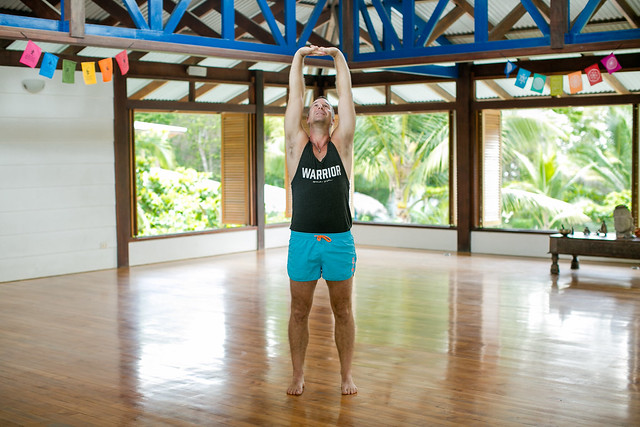
Energise Your Feet Chakras: Toe squat pose
1. On all fours kneeling, tuck all 10 toes under – including those pinkies!
2. Gently walk your hands back towards your knees.
3. Drop your hips to your heels and try to come to sit straight on your heels.
4. Rest your hands in your lap.
5. Breathe deep and slow!
6. Try to stay for 3 to 5 minutes.
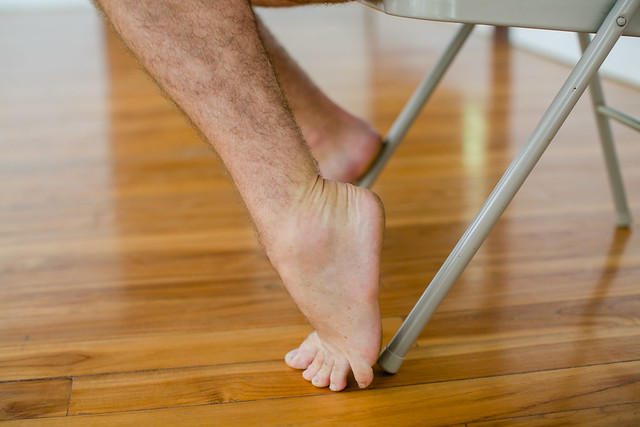
All Blue Osa’s yoga classes promote a firmly grounded yoga practice that provides the strength to open your life to more opportunities and abundance. Join one of our retreats to reconnect back into your body for a fuller life.
About the Author
Nid loves all her incarnations as an energy healer and coach, massage therapist, teacher of mind-body movement through yoga and Pilates, and blog writer. She is a passionate messenger on how to find your truth and live in alignment with your soul. Her work attracts people going through major life changes, long-term pain or health issues to discover how to live life with joy in mind, body, and spirit. She can be found working on retreats and online worldwide at http://www.omegamovement.org/.
